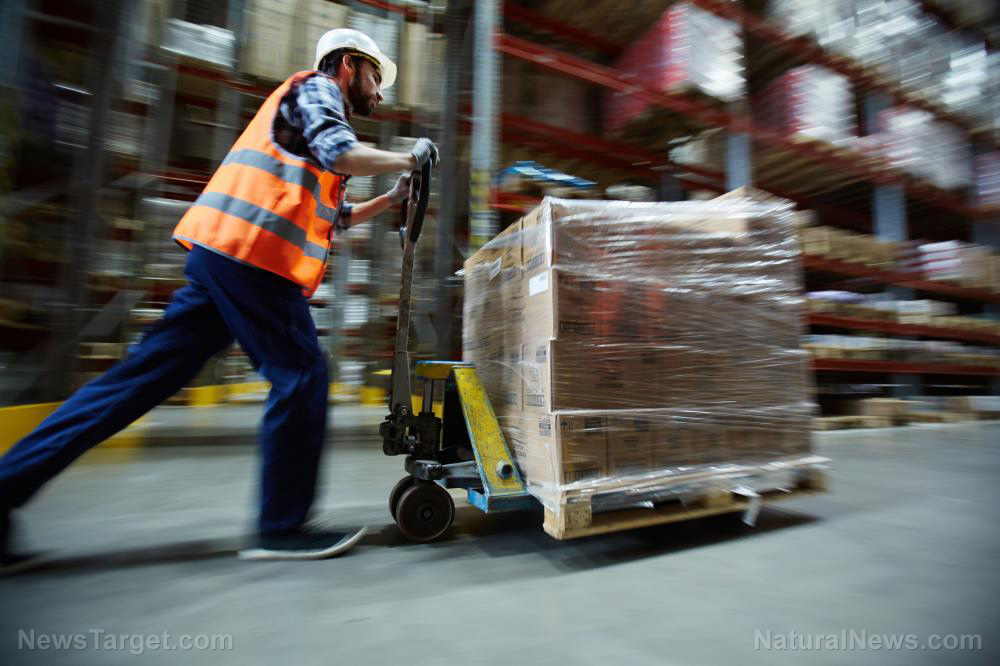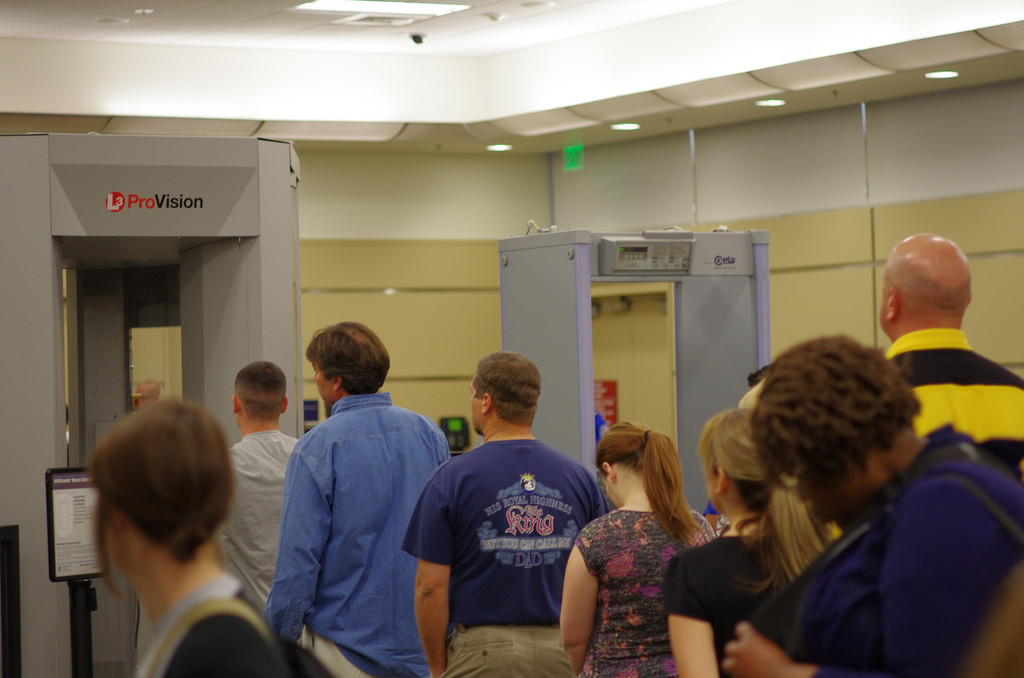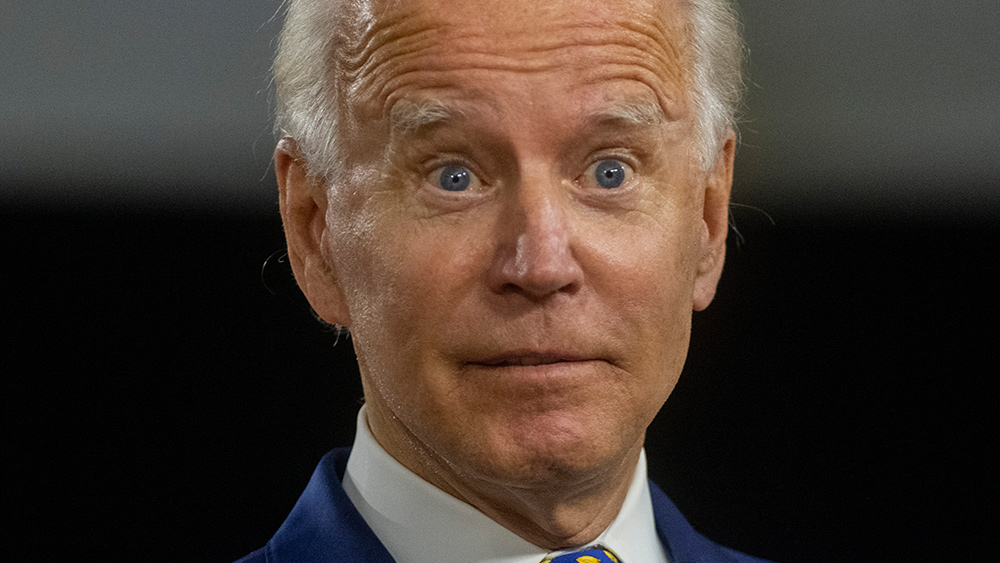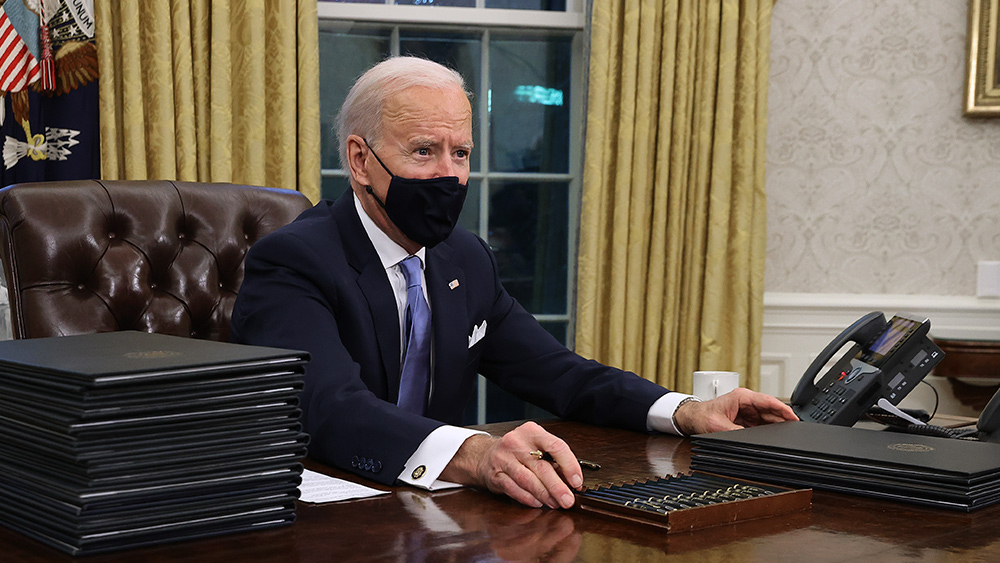
Carriers already struggling with driver shortages pre-pandemic
While the shortage of truck drivers already existed pre-pandemic, the pandemic definitely exacerbated the issue. (Related: Shortage of truck drivers in the US forces companies to look overseas.) Bill Thayer, co-founder and co-CEO of logistics-as-a-service company Fillogic, said that lack of drivers was always a problem before the pandemic because they are aging out. "It has just become more acute, because those folks that were driving during the pandemic, in many cases they just aged out, and nobody's been able to replace them." When the pandemic happened, drivers and other workers left their jobs in search of better pay and working conditions. Thayer said the pandemic made hiring drivers more difficult because carriers have been limited in their ability to train and recruit them face-to-face. Chris Kane, CEO of Florida-based courier service Drivv and a member of the Customized Logistics and Delivery Association (CLDA), believes that the enhanced unemployment benefits from the government have played a role in the lack of drivers entering the workforce. As the unemployment benefits ended, the industry is coming back as well. However, Kane said that the checks changed the drivers' expectations for wages, which led to greater competition from local carriers who are offering increased pay. The U.S. unemployment benefits helped people be less desperate to accept mediocre offers while giving people the ability to feed themselves. Shortages in other fulfillment roles were also old problems, and retailers took in seasonal hiring to fill gaps in their warehouses. While companies like Walmart, Target, Amazon and UPS are doing the same this year, they may get different results. "I think brands and retailers are quite accustomed to being able to hire seasonal labor to ramp up staff around the holidays. And of course, that would be both younger employees as well as people who didn’t regularly participate in the labor force. But in these last few years, and certainly this holiday, we see that sort of ancillary labor participation significantly impacted," said Brian Walker, chief strategy officer of commerce platform at Bloomreach. Walker noted that the shortages are more acute this year as retailers are not only trying to staff their warehouses but their physical stores as well. Meanwhile, workers are also fed up with working conditions when they have other choices.Better wages and benefits waiting
Many carriers are now informing clients of raising prices due to the lack of drivers. Others are even firing clients because they can no longer afford to do business. Steve Howard, board president of the CLDA, explained that the lack of drivers also negatively impacted master contractors – those who hire independent contractors such as drivers to work for them and supply the carriers with drivers and trucks. They are also struggling to bring in drivers. Howard believes the crisis will resolve itself as local companies are providing higher wages and better benefits. In some ways, Howard said, driver shortages require people to charge a little bit more and pass that along – so wages are better. Kane agreed, noting that treating drivers better is crucial in attracting and retaining them in the post-pandemic landscape. Read more about the supply chain problems during the COVID-19 pandemic at Bubble.news and Pandemic.news. Sources include: FreightWaves.com Bloomberg.comMany TSA airport screeners remain unvaccinated despite looming deadline for vaccination
By Arsenio Toledo // Share
He doesn’t listen: Obama admin advisers call out Biden for refusing to heed inflation warnings
By Ramon Tomey // Share
Americans are losing recent wage gains due to inflation surge
By Cassie B. // Share
Higher food costs pose a huge challenge for food banks this Thanksgiving
By Mary Villareal // Share
Americans face brutally cold, bitterly expensive winter as natural gas prices continue to rise
By Mary Villareal // Share
An invisible assault: How everyday heavy metals sabotage brain health
By willowt // Share
Pentagon warns of China's rapidly expanding nuclear arsenal
By kevinhughes // Share
FCC grounds new Chinese drones in sweeping security move
By avagrace // Share
The methylation switch: Scientists identify diet that can turn back the cellular clock
By jacobthomas // Share
Renaissance or Ruin: A wake-up call for cultural revival and self-sufficiency
By kevinhughes // Share
Weight loss in midlife may trigger brain inflammation, study finds
By avagrace // Share











